So, you’re curious about identifying and dealing with fraudulent activity on your credit report, huh? Well, first things first, it’s essential to keep a close eye on your credit report regularly. Look out for any unfamiliar accounts, transactions, or inquiries that you didn’t authorize. Trust your gut, and if something seems fishy, don’t ignore it.
If you spot any suspicious activity, it’s time to take action. Contact the credit reporting agencies right away, informing them about the fraudulent items on your report. You’ll need to provide them with specific details and any supporting documents you may have. They’ll launch an investigation into the matter and work towards resolving it. Additionally, it’s crucial to keep an eye on your statements from financial institutions and credit card companies and report any unauthorized charges or suspicious activity to them as well. Being vigilant and proactive is key to safeguarding your credit and protecting yourself against fraudulent activity.
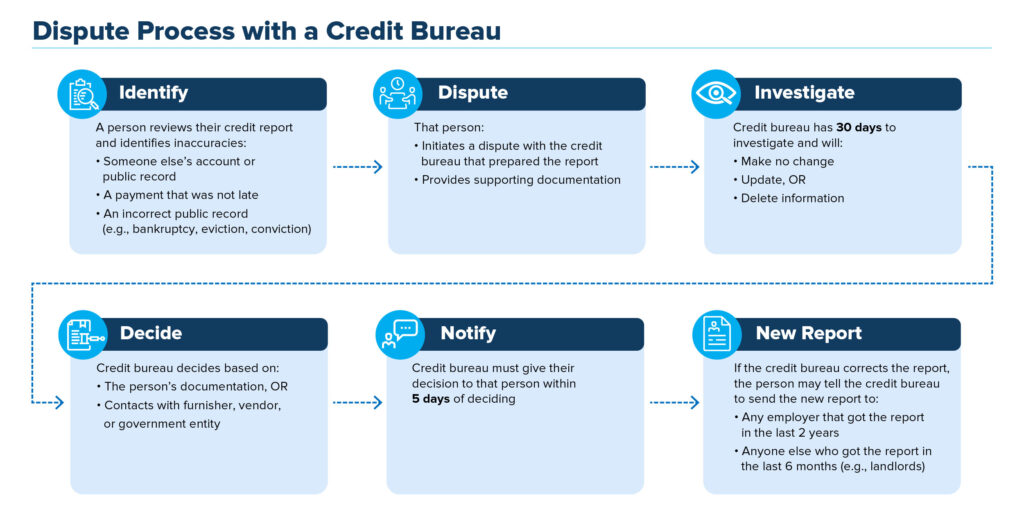
This image is property of consumer.ftc.gov.
1. Understanding Credit Reports
1.1 What is a Credit Report?
A credit report is a detailed summary of your credit history, including information about your past and current loans, credit cards, and other debts. It also includes your payment history, the amount of credit you have available, and any negative marks such as late payments, bankruptcies, or accounts in collections. Credit reports are compiled by credit bureaus, which gather information from lenders, creditors, and public records to create a comprehensive picture of your creditworthiness.
1.2 Importance of Monitoring Credit Reports
Monitoring your credit reports regularly is crucial for several reasons. Firstly, it allows you to stay informed about your credit standing and helps you understand how lenders perceive your creditworthiness. By regularly reviewing your credit reports, you can spot any errors or inaccuracies and address them promptly to avoid any negative impact on your credit score.
Secondly, monitoring your credit reports helps you identify any signs of fraudulent activity. By keeping a close eye on your credit reports, you can quickly spot any unauthorized accounts or suspicious activity that may indicate identity theft or fraud. This early detection is essential for protecting your financial well-being and taking immediate action to mitigate any potential damage.
1.3 How Often Should You Check Your Credit Report?
It is recommended to check your credit report at least once a year. By doing so, you can catch any errors or discrepancies and address them in a timely manner. However, if you are in the process of improving your credit or planning to apply for a loan or credit card, it is advisable to check your credit report more frequently, such as every three to six months. This will allow you to stay on top of your credit standing and make any necessary adjustments to improve your creditworthiness.
2. Identifying Fraudulent Activity
2.1 Signs of Fraudulent Activity on Your Credit Report
Recognizing the signs of fraudulent activity on your credit report is crucial to protecting yourself from identity theft and financial fraud. Some common red flags to watch out for include:
-
Unauthorized accounts: Look for any unfamiliar accounts or credit cards listed on your credit report. If you come across accounts you haven’t opened, it may indicate that someone has fraudulently used your personal information to open credit in your name.
-
Inaccurate personal information: Check for any mistakes in your name, address, or social security number. These inaccuracies could indicate that someone has used your personal information to open fraudulent accounts.
-
Suspicious inquiries: Take note of any credit inquiries that you did not initiate. Multiple hard inquiries from unfamiliar lenders can suggest that someone is trying to apply for credit using your identity.
2.2 Types of Fraudulent Activity to Look Out For
Fraudulent activity can take various forms, and it’s important to be aware of the different types of scams and schemes that could appear on your credit report. Some common types of fraudulent activity include:
-
Unauthorized credit card charges: Keep an eye out for any unfamiliar charges on your credit card accounts. This could indicate that someone has gained access to your card information and is using it for fraudulent purposes.
-
Identity theft: Identity theft occurs when someone steals your personal information and uses it to open new accounts, apply for loans, or make unauthorized purchases. Look for any signs of new accounts or loans that you did not initiate.
-
Loan or mortgage fraud: This type of fraud involves someone using your identity to take out loans or mortgages in your name. Watch for any unknown debts or loans on your credit report.
2.3 How to Spot Suspicious Information on Your Credit Report
Spotting suspicious information on your credit report requires careful review and attention to detail. Here are some tips to help you identify potential fraudulent activity:
-
Review each section of your credit report thoroughly: Carefully examine all personal information, account details, and payment history. Look for any discrepancies or unfamiliar information.
-
Check for sudden or significant changes in account balances: If you notice a sudden increase in debt or credit utilization, it could be a sign of fraudulent activity. Pay close attention to any accounts that have seen a significant spike in balances.
-
Monitor your payment history: Any missed payments or delinquent accounts that you are not aware of should raise a red flag. Promptly investigate these discrepancies and take appropriate action.
-
Scrutinize credit inquiries and new accounts: Check for any credit inquiries or new accounts that you did not authorize. This could indicate that someone has been applying for credit using your personal information.
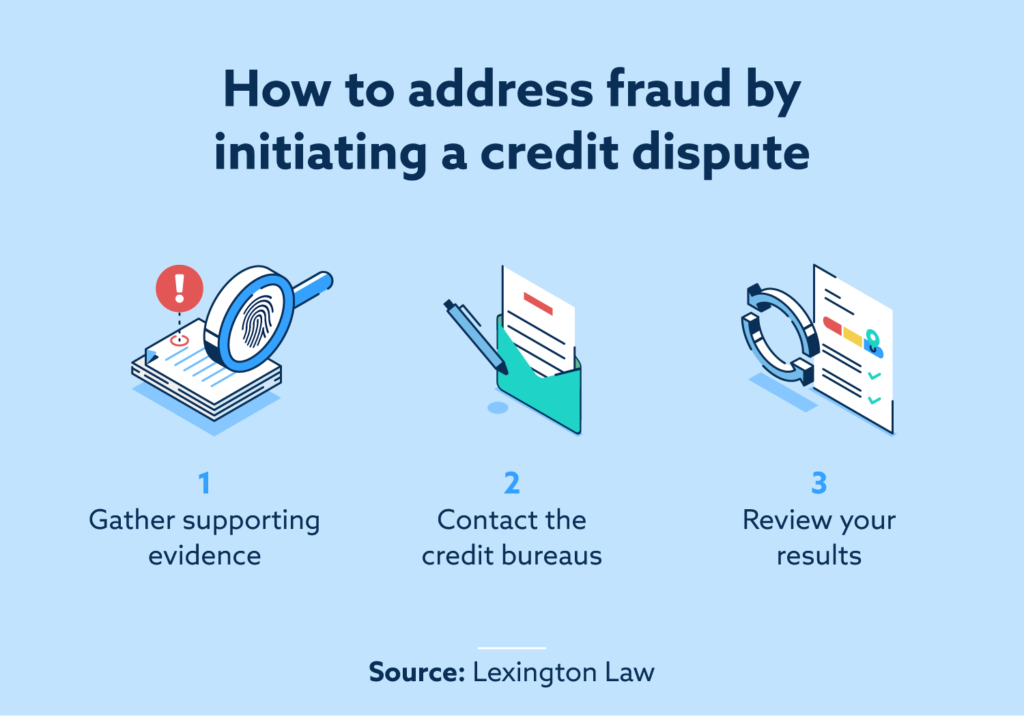
This image is property of www.lexingtonlaw.com.
3. Handling Fraudulent Activity
3.1 Immediate Steps to Take Upon Identifying Fraud
If you identify any fraudulent activity on your credit report, it is crucial to act swiftly to minimize the potential damage to your credit and finances. Here are some immediate steps to take:
-
Contact the financial institution or creditor: Reach out to the lender or financial institution associated with the fraudulent account to report the unauthorized activity. Provide them with all relevant details and documentation to support your claim.
-
Freeze or close affected accounts: If you discover unauthorized accounts, consider freezing or closing them to prevent further fraudulent activity and limit your liability.
3.2 Contacting Credit Bureaus
To ensure that the fraudulent activity is properly documented and addressed, it is essential to contact the credit bureaus. Follow these steps:
-
Obtain copies of your credit reports: Request copies of your credit reports from each of the three major credit bureaus – Equifax, Experian, and TransUnion. This will help you keep track of the fraudulent accounts and discrepancies.
-
File a dispute with the credit bureaus: Submit a dispute letter detailing the fraudulent activity and provide supporting documentation. The credit bureaus will investigate the dispute and remove any incorrect or fraudulent information from your credit report.
3.3 Filing a Police Report
In cases of identity theft or significant fraud, it is important to file a police report to establish a formal record of the incident. Contact your local police department and provide them with all relevant information and evidence. The police report will serve as an official document and may be required when dealing with creditors, financial institutions, and credit bureaus.
3.4 Placing a Fraud Alert on Your Credit Report
To add an additional layer of protection, consider placing a fraud alert on your credit report. This will alert lenders and creditors to take extra precautions when processing credit applications in your name. Contact one of the three major credit bureaus to initiate the fraud alert, and they will notify the other bureaus on your behalf.
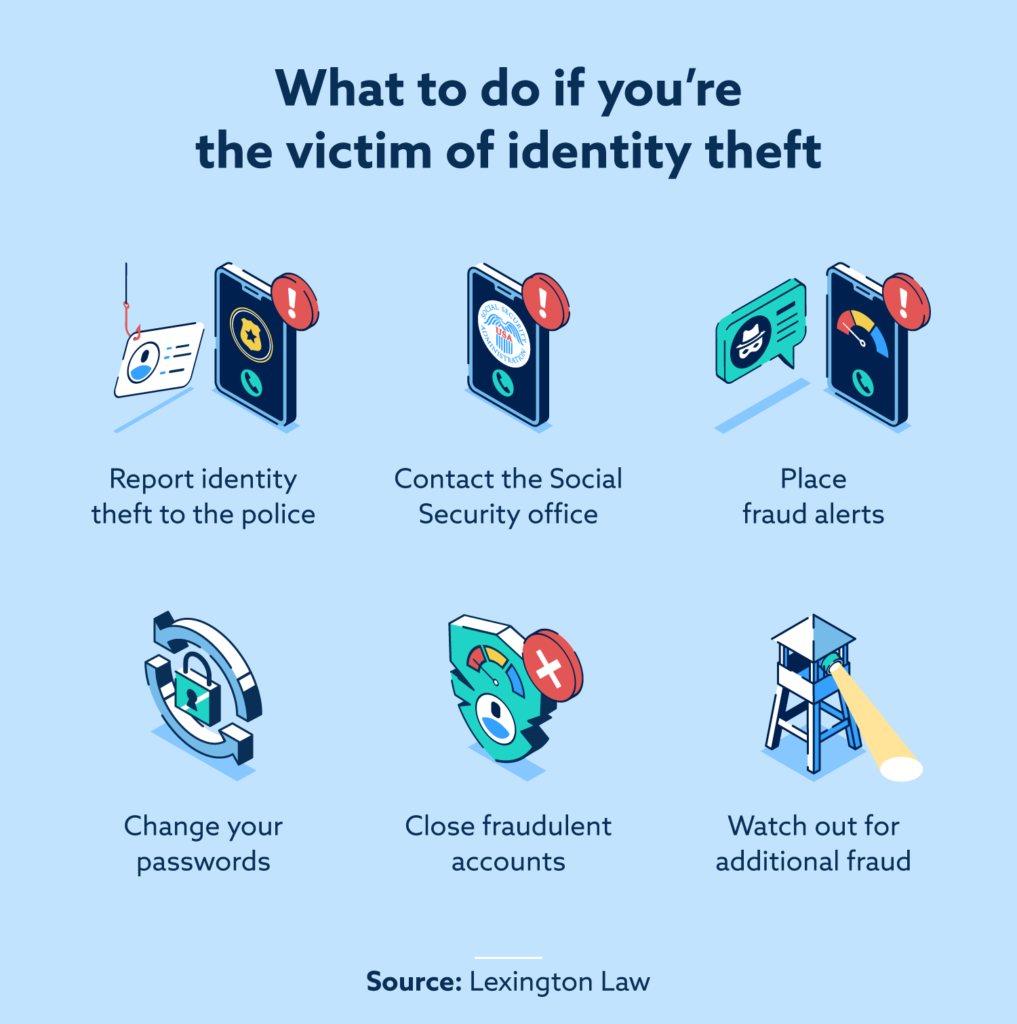
This image is property of www.lexingtonlaw.com.
4. Disputing Fraudulent Activity
4.1 Gathering Evidence
When disputing fraudulent activity, it is crucial to gather as much evidence as possible to support your case. Some essential pieces of evidence may include:
-
Copies of your credit reports: Keep copies of your credit reports that clearly show the fraudulent accounts or activity.
-
Correspondence with creditors and financial institutions: Maintain a record of all communication with lenders, banks, or credit card companies regarding the fraudulent accounts or charges.
-
Police report: If you filed a police report, make sure to include a copy as evidence of the fraudulent activity.
4.2 Notifying Creditors and Financial Institutions
In addition to contacting the credit bureaus, it is important to notify the creditors and financial institutions associated with the fraudulent accounts or charges. Provide them with the necessary documentation and details to support your claim of fraud. They will investigate the matter internally and take appropriate actions to rectify the situation.
4.3 Disputing Fraudulent Charges with Credit Reporting Agencies
Once you have gathered all the evidence and notified the relevant parties, it’s time to formally dispute the fraudulent charges with the credit reporting agencies. Follow these steps:
-
Submit a written dispute: Prepare a detailed dispute letter explaining the fraudulent activity, including all relevant information and supporting documentation. Clearly state the actions you expect the credit reporting agencies to take.
-
Include the evidence: Attach copies of your credit reports, correspondence with creditors and financial institutions, and any other evidence you have collected.
-
Keep records of your dispute: Maintain copies of all correspondence and records related to your dispute for future reference.
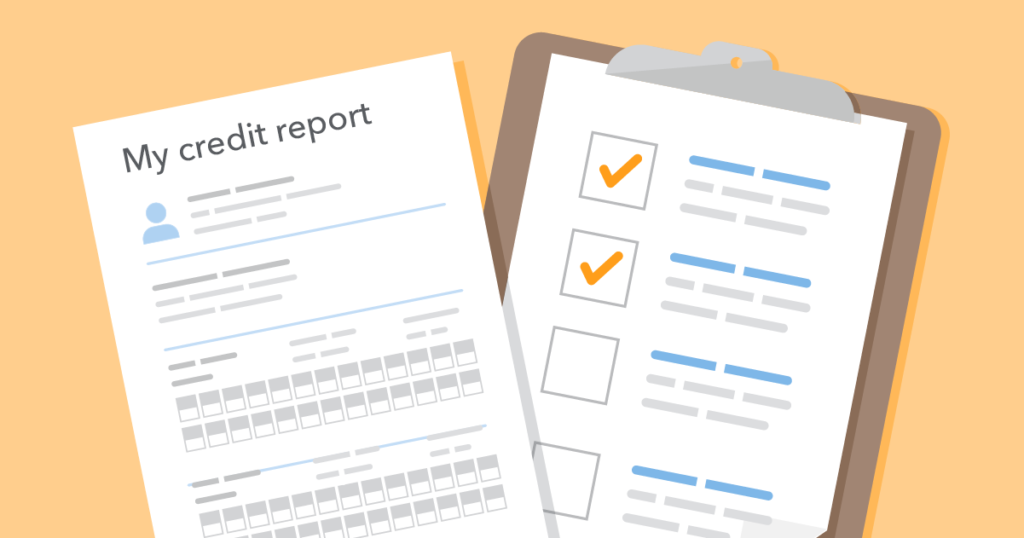
This image is property of s3.amazonaws.com.
5. Preventing Future Fraud
5.1 Regularly Monitor Your Credit Reports
To avoid falling victim to fraudulent activity in the future, it is crucial to regularly monitor your credit reports. Review your reports at least once a year, and consider checking them more frequently if you suspect any suspicious activity or are actively working on improving your credit.
5.2 Utilize Credit Monitoring Services
Consider enrolling in credit monitoring services that provide real-time alerts and updates on any changes to your credit reports. These services can quickly notify you of any suspicious activity, allowing you to take immediate action.
5.3 Safeguarding Your Personal Information
Protecting your personal information is vital in preventing fraud. Be cautious when sharing sensitive information online or over the phone. Regularly update your passwords, use secure websites for online transactions, and be vigilant about phishing attempts or suspicious emails.
5.4 Being Cautious of Phishing Attempts
Phishing attempts are one of the most common forms of fraud. Be wary of unsolicited emails, phone calls, or text messages asking for personal or financial information. Legitimate institutions will never ask for confidential information in such a manner. If you receive a suspicious message, contact the organization directly using official contact information to verify its legitimacy.
By understanding credit reports, identifying fraudulent activity, and taking prompt action to handle and dispute any fraudulent charges, you can protect yourself from financial fraud and identity theft. Regularly monitoring your credit reports, utilizing credit monitoring services, safeguarding your personal information, and being cautious of phishing attempts are essential steps to prevent future fraud. Stay informed, stay vigilant, and take control of your credit and financial well-being.
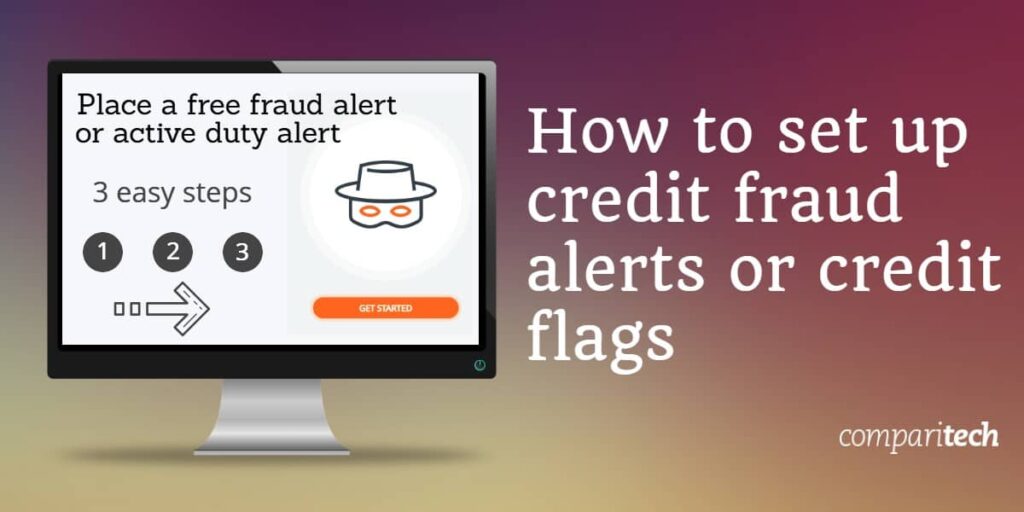
This image is property of cdn.comparitech.com.
